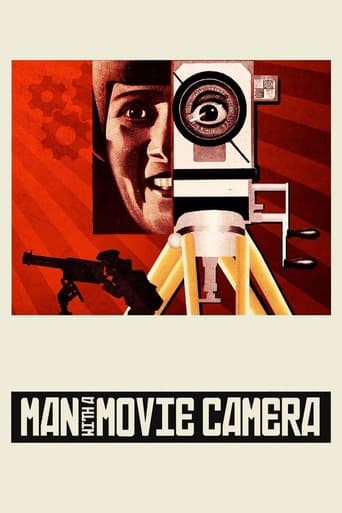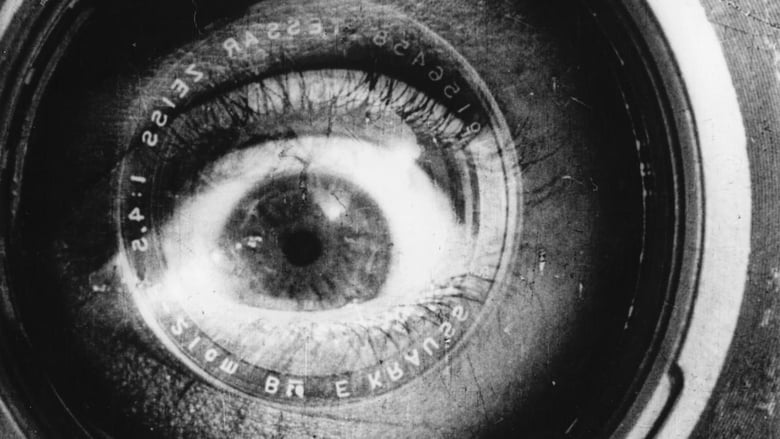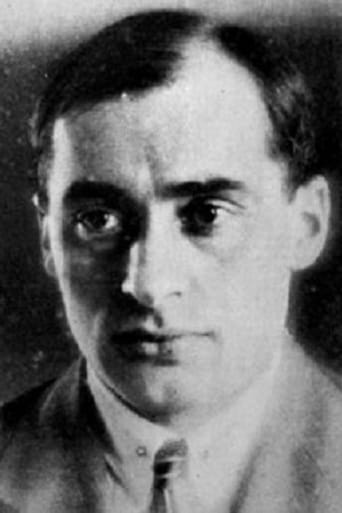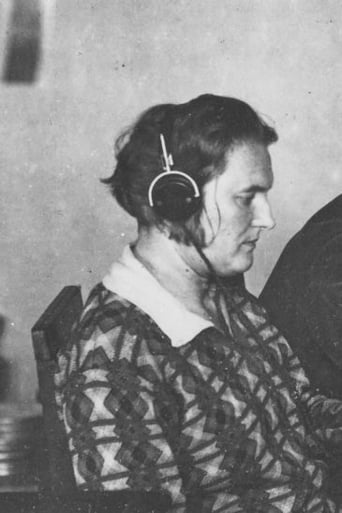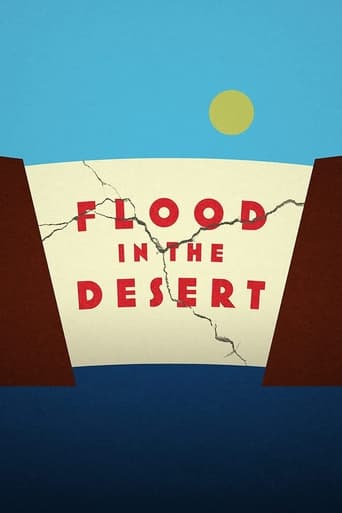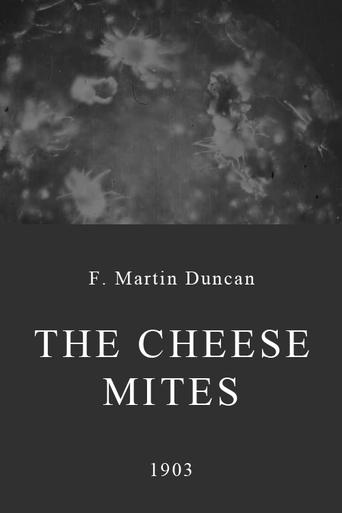Man with a Movie Camera (1929)
A cameraman wanders around with a camera slung over his shoulder, documenting urban life with dazzling inventiveness.
Watch Trailer
Cast


Similar titles
Reviews
The Worst Film Ever
Save your money for something good and enjoyable
The performances transcend the film's tropes, grounding it in characters that feel more complete than this subgenre often produces.
Story: It's very simple but honestly that is fine.
Man with a Movie Camera is the most distinctive film during that time because unlike any other movie there is no main character or extraordinary story line. Instead the film is based on an ordinary life of citizen in Soviet Union. The director revolutionized film industry using unique camera angle and technique. Nowadays we can still see lots of film technique that were used in Man with a Movie Camera. Although at the time that this film was released many people dismiss this film because there is no content and doesn't understand the emphasis of the author on the shooting technique. The film starts with a morning shot of the city when everyone is still sleeping. Then the film maker follows a some of individual daily routine throughout the day. The film often switch focus on who they are following to emphasize the way film can show parallelism timeline or how filmmaker can show audience how to sequence the shot. Man with a Movie Camera is a realism documentary film during Soviet Union. The author enhances the experience of audiences by using a movie camera to capture the important moment instead of using a normal camera. This film shows us how a sequence of photos can be taken a step further and add movie technique such as fast shot, metaphor and symbolism to tell the story and enhance view's experience. The first thing that we see in the film is how author capture choreography of the chair flipping when people enter the cinema theater. This first scene set the tone that it is going to be unconventional to every film during that era. Since there isn't any protagonist in the film, they need to capture audience attention with their form instead of their content. One of the most memorable technique in the film is making a comparison between people waking up and the window open. This technique takes advantage of quick-cut editing to make audience recognized the metaphor that the author want audience to understand and focus on the film. This technique is important for filmmaker because one of the way to catch audience attention is to make them think along with the film and left some part out for them to use their imagination to fill in the missing pieces. Another technique that stand out and see some usage in other film is the use of fast motion and slow motion after action is repeat. This happens during the screen that a woman is working on making cubic shape package. This technique is simple and effective because it makes ordinary or boring action look more interesting because the action is a lot faster, so it looks like there are more energy put into each action. In conclusion, although the film technique that was shown in the film is not refine. There are lots of technique that have been refine and envelop into recent movie. We can see some resemblance of Man with a movie camera technique in every movie since the release of this film. The film serve its purpose of attempting to use the camera to capture things other mediums of entertainment, such as books and plays, cannot with unique film technique.
Man with a Movie Camera, directed by Dziga Vertov, is a unique film. It has no actors nor story, it is a film within a film. It takes place in an urban setting, a montage of the urban life in and around a Russian city. The film anticipates many of the techniques that is celebrated even up to this day, it is timeless in its unique ways. The title describes what is happening: we see the cameraman recording the images we are seeing. An important aspect of this film is in the way scenes progress and the types of montage established, the film's main subject is basically the man and cinema. A revelation of the film is acknowledged for introducing many camera techniques like double exposure, fast motion, slow motion, freeze frames, jump cuts, split screens, extreme close-ups, tracking shots, backwards footage and stop motion animation. Today, it is widely used and developed.Other than Vertov's revelation of camera techniques, Man with the Movie Camera opened different point of views on how the film is being perceived. Many parts of the film showed machinery and factories - the mass production and consumption of image. Even at the beginning of the film, how the theater depicted the daily life of different classes of people. The difference between the working class and the upper class is shown in several scenes. As seen in the film, there are scenes wherein the busy lives of laborers working in factories contrast to those people enjoying the beach and watching sports. In Marxist ideology, Vertov's portrayal of industrialization, is one of Marx's arguments was that the bourgeoisie abused the proletariat. How the bourgeois industriousness ignored the origins of their wealth – the exploitation of the proletariat, the urban workers, which on my opinion is quite evident in the film. It's amazing how simple activities captured on camera create an impact on how the world is then dictated by social status.Additional points to support my observation, there is another scene in the film when a woman waking up started to wash her face then cut to high pressure water cleaning off a pole. Next cut is the scene where the woman begins to wipe herself with a cloth and then the film cuts to another woman wiping off a window with a similar cloth. Then the same woman starts blinking her eyes the blinds on the windows start opening, just like the eyes of the woman. It also may imply the idea of the growing importance of machinery and highlighting the fact that machinery is an important component in film and that the only way a film can be a combination of hardworking human laborers are like machines. Issues raised throughout the film is not just timely during Vertov's time of recovery from war, it is timeless in a way that even with the absence of war today, capitalism and social status barrier is still being experienced by many.Vertov carefully crafted an art to be appreciated and effectively raise awareness in their time and for the next years to come. Man with the Movie Camera is a visual masterpiece, which showcased a universal work of art that continuously display infinite possibilities of how cinema was and what cinema can be.
If there's one thing I hate about movies it's when they waste my time. This is a prime example of that. Man with a Movie Camera is nothing but random shots the director filmed in his free time, vaguely edited together with everything waking up at the start and being active in the end. We see homeless people sleeping... A woman dressing up... Someone's hair being cut... and it's all unbelievably dull, so much so that the movie starts by explaining why it's boring. All it has is a handful of interesting shots, the eye inside a camera lens being the most famous one I suppose.It may have invented filming techniques, it may have been groundbreaking, but it's nothing more than a technical demo of things you could do and should've only been used as promotional material for video cameras.
I wrote this in April 2012, and still subscribe to every word.Having never seen this before, I was expecting something that after 80 years would seem piffling, banal, trashy and insipid. Instead, I saw a film full of so many visual ideas I'm still in awe, presenting the one idea I personally think is the most important one in film.I don't like to think of this as a film as much as a notebook or canvas of ideas. Together they don't really seem to work that well, but individually they're earth-shattering and have been used later to great effect. Sure, the presentation is a bit too explanatory for my taste when it comes to the metaphors, but that's what 80 years does.What is that one image, then? Unfortunately it's repeated a bit too often to benumb its potential, but it's the earliest effective use of it that I've seen — it's the iconic image of the reflection of a human eye in the lens. That image, for me, tells what film is all about in the end: the camera is the eye that not only perceives but creates. It might sound simple nowadays, and certainly wasn't obscure even back then, but it's such a transparent and elegant statement – save the repetition – that I will always carry it with me.

